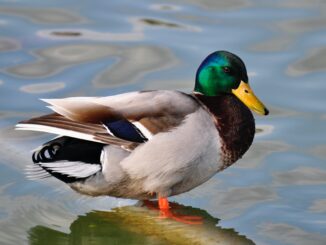Changing Prevalence of Influenza A Virus in Wild Birds Across the United States
Influenza A viruses, specifically highly contagious avian influenza viruses, pose many risks to certain avian species, the agricultural industry, and public health. Humans can be infected with the virus by coming in contact with infected birds or their surrounding environments. Influenza A viruses (IAV) threaten poultry production in the United […]










